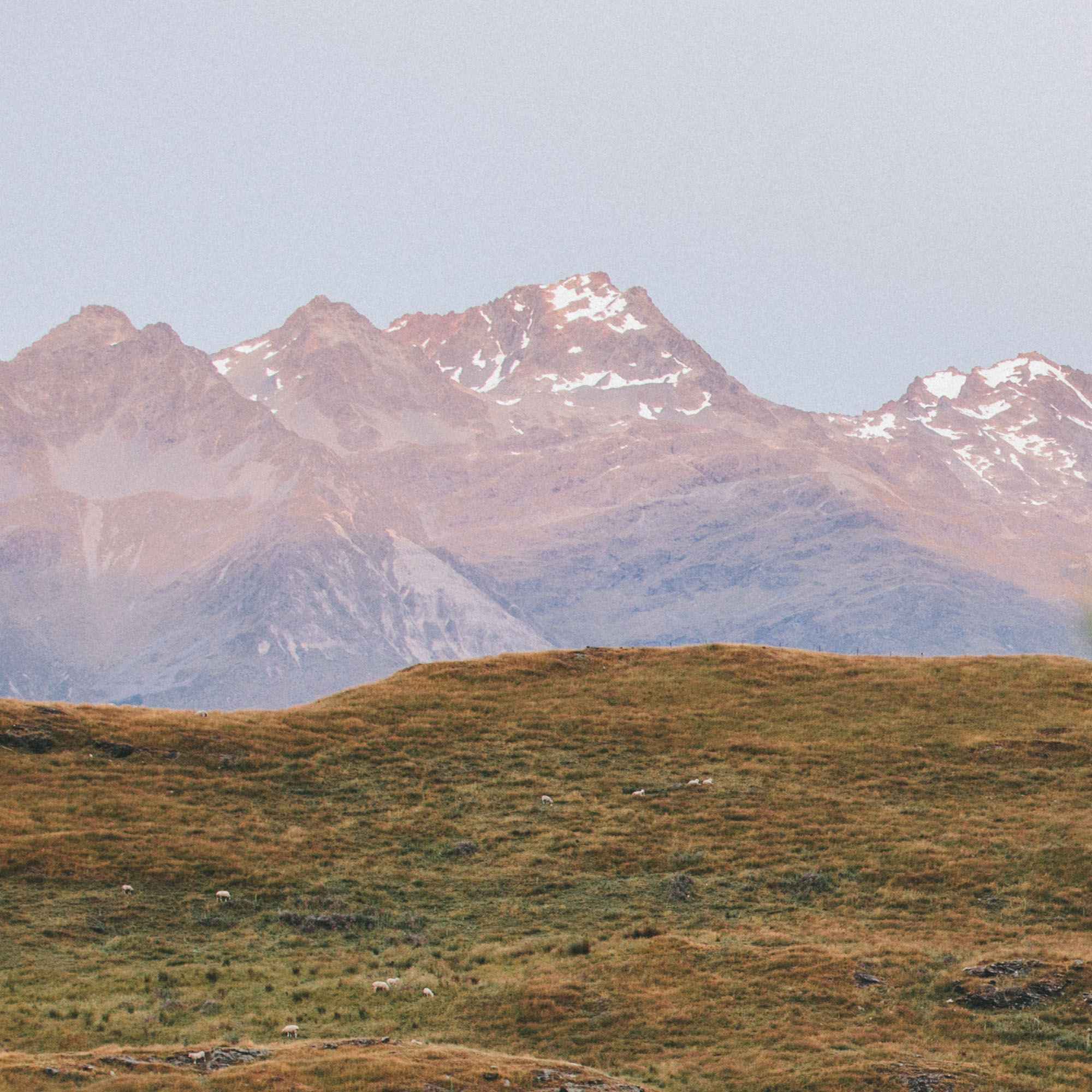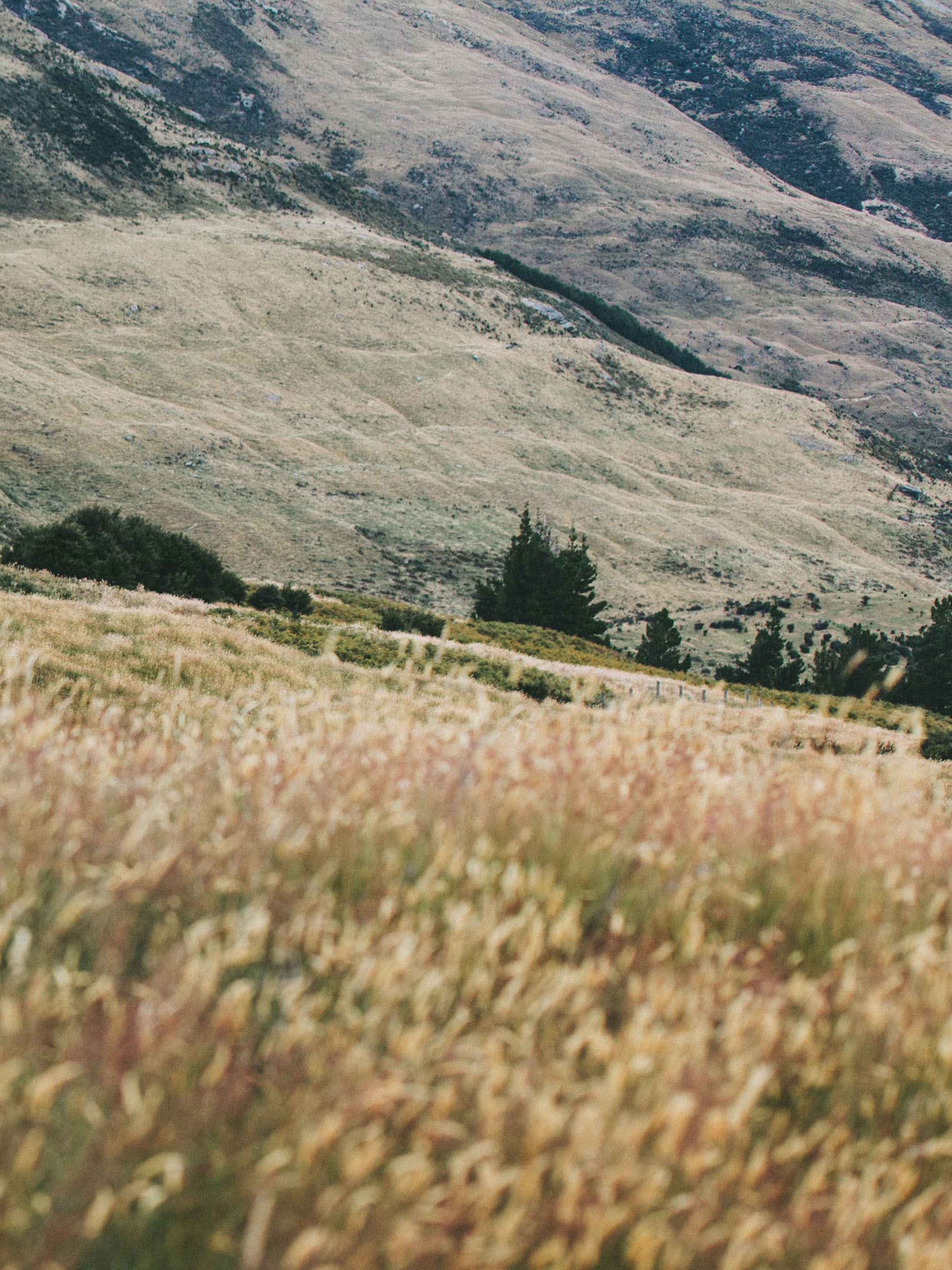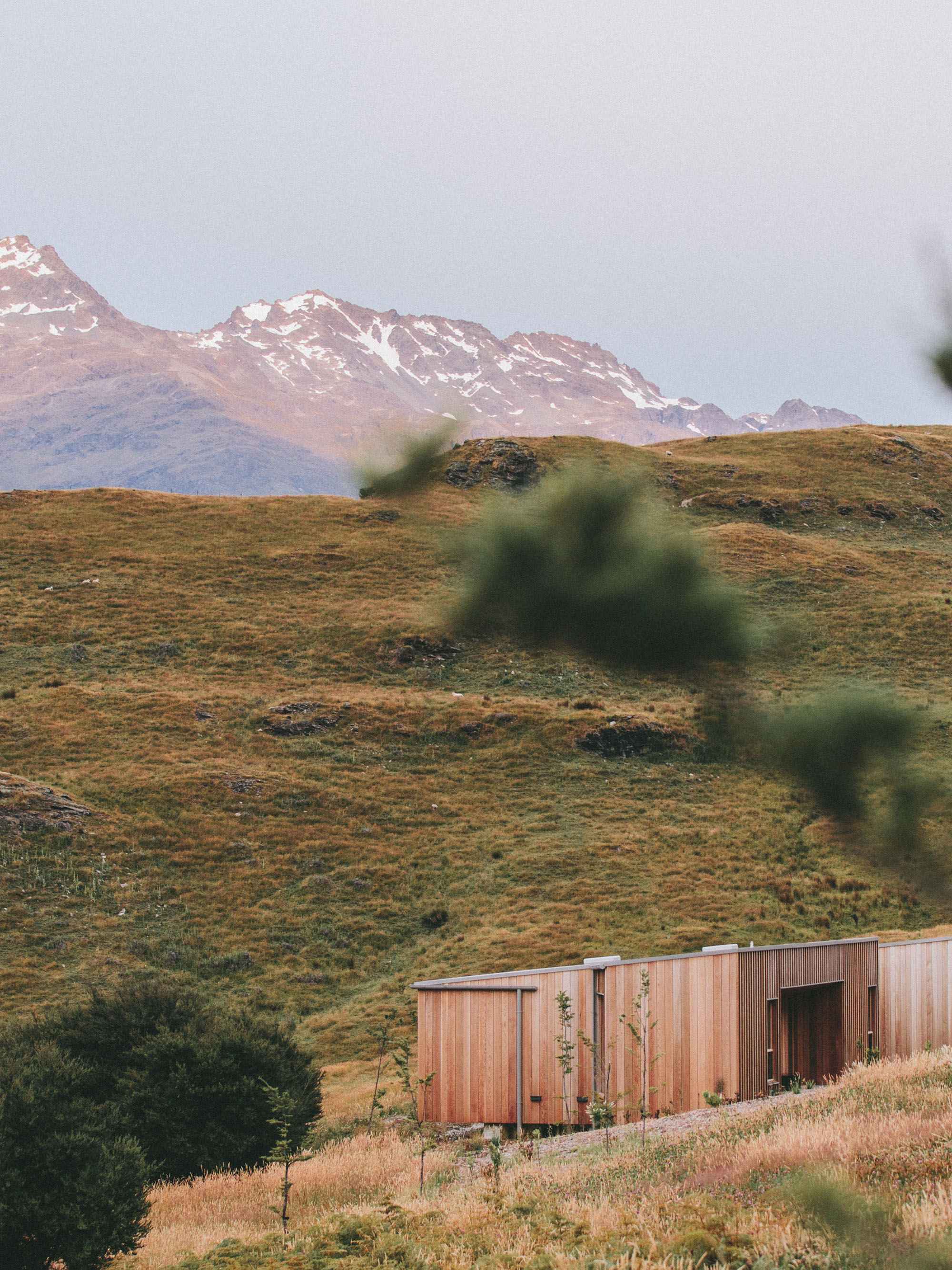Have you ever wondered exactly when a certain group of plants or animals first evolved? This morning an international team led by Bruce Museum Curator Daniel Ksepka and John D. Cooper Archaeological and Paleontological Center Curator James Parham launched the Fossil Calibration Database. A free, open-access resource that stores carefully vetted fossil data, this project is the result of years of work supported by the National Evolutionary Synthesis Center (NESCent).
Fossils provide the critical age data we need to unlock the timing of major evolutionary events. This new resource will provide the crucial fossil data needed to calibrate 'molecular clocks' which can reveal the ages of plant and animal groups that lack good fossil records. When did groups like songbirds, flowering plants, or sea turtles evolve? What natural events were occurring that may have had an impact? Precisely tuning the molecular clock with fossils is the best way we have to tell evolutionary time.
More than twenty paleontologists, molecular biologists, and computer programmers from five different countries contributed to the design and implementation of this new database. Coinciding with the launch of the database is the publication of five peer-reviewed papers and an editorial in the scientific journal Palaeontologia Electronica, describing the endeavor. These papers represent the first generation of the Fossil Calibrations Series, which will allow paleontologists to submit peer-reviewed papers outlining new fossil calibrations for publication and inclusion in the database.






















